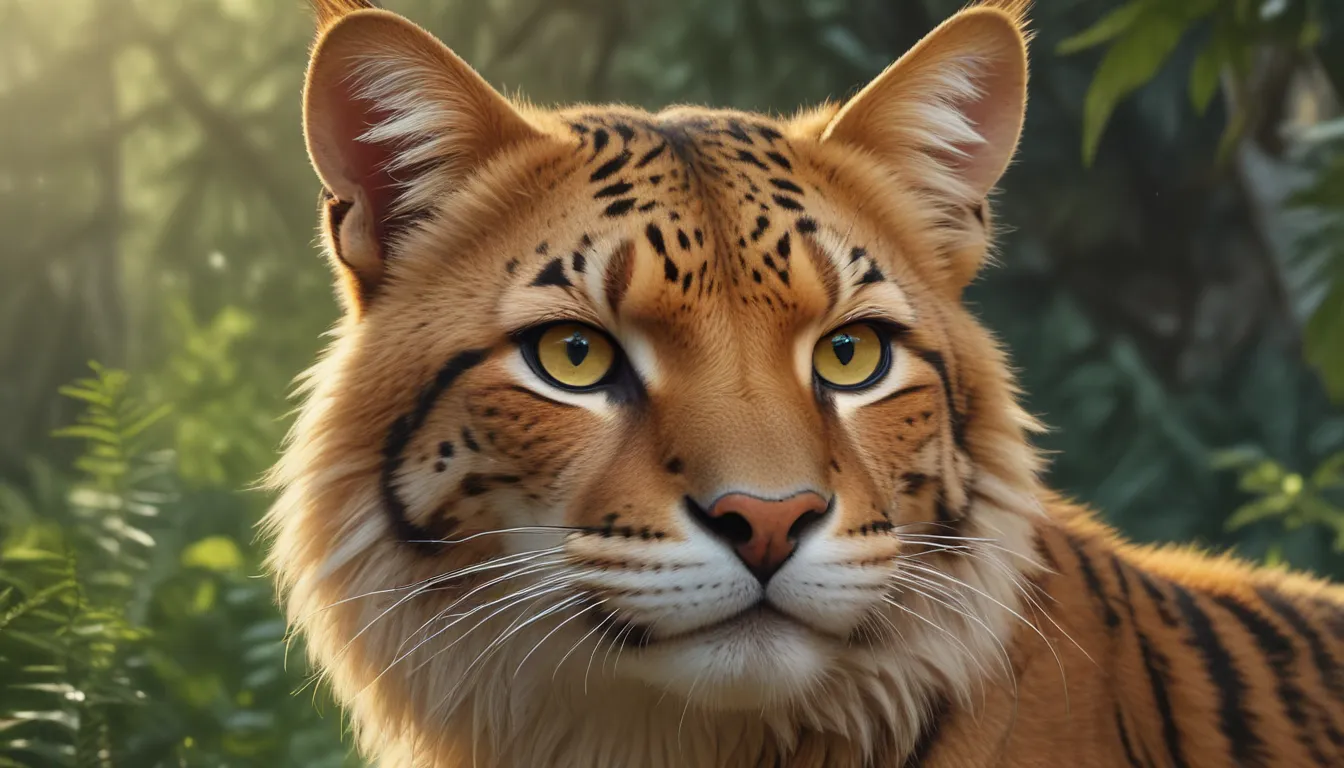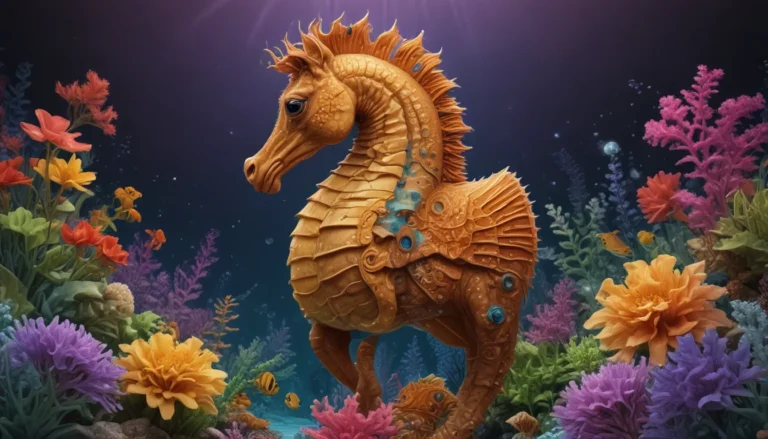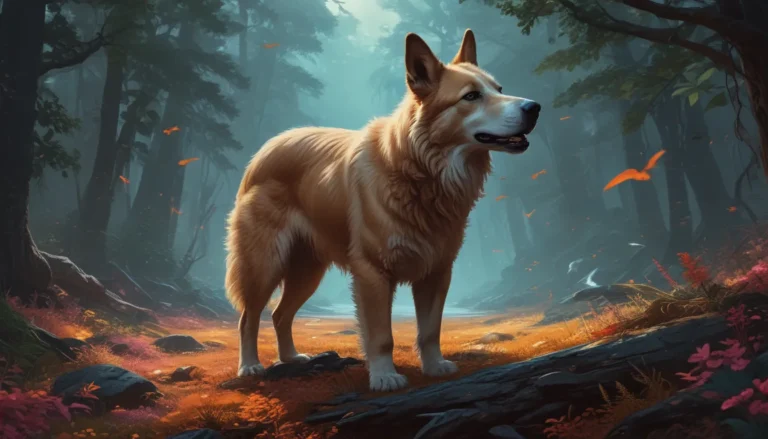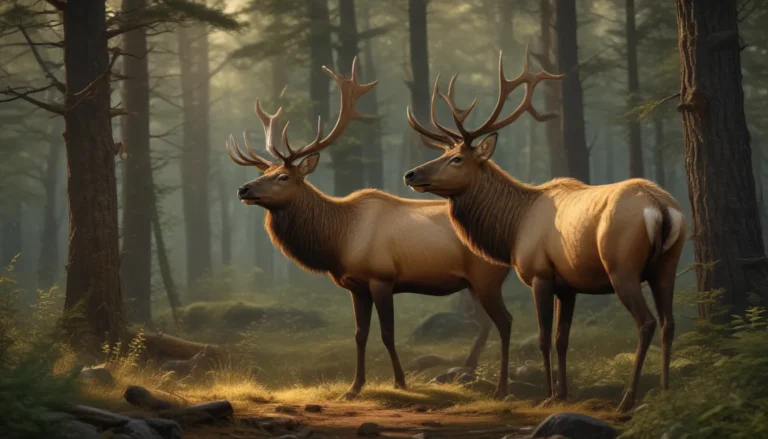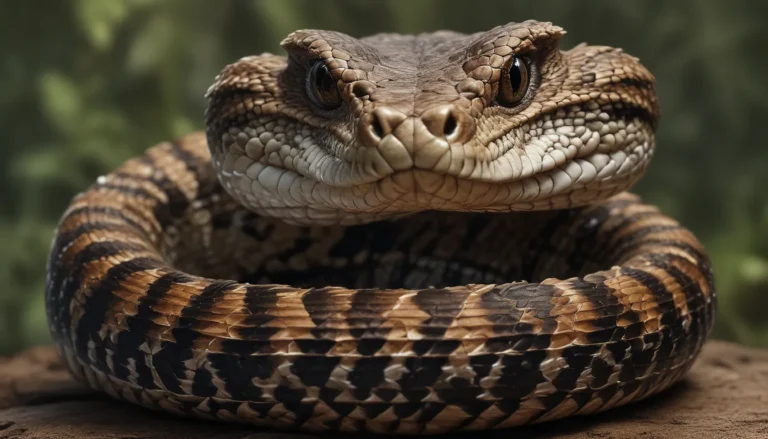The pictures we use in our articles might not show exactly what the words say. We choose these pictures to make you interested in reading more. The pictures work together with the words but don’t take their place. The words still tell you the important facts.
Wild cats are some of the most captivating creatures on our planet, thriving in diverse habitats and showcasing remarkable traits and behaviors. From their exceptional hunting skills to their vital role in ecosystems, wild cats continue to inspire awe and admiration. Let's journey into the intriguing world of wild cats and uncover ten fascinating facts that shed light on the uniqueness of these majestic animals.
Key Takeaways:
- Wild Cats are skilled hunters with exceptional night vision, retractable claws, and a strong sense of hearing, making them fascinating creatures in diverse habitats.
- Wild Cats play a vital role in ecosystems by regulating prey populations and influencing ecosystem dynamics, showcasing their significance in the natural world.
Wild Cats: Masters of the Hunt
Wild Cats possess exceptional hunting skills, allowing them to effectively track and capture their prey with precision. Their keen senses, retractable claws, and stealthy movements make them formidable predators in their natural environments.
Diverse Habitats of Wild Cats
From forests to grasslands, deserts, and even mountainous regions, wild cats inhabit a wide range of habitats across the globe. Their adaptability to different environments highlights their resilience and ability to thrive in various landscapes.
Night Vision: A Key Survival Skill
Wild Cats have evolved to be primarily nocturnal hunters, relying on their superior night vision to navigate and hunt in the darkness. Their specialized eyesight gives them a crucial advantage when stalking prey under the cover of night.
Solitary Lifestyle of Wild Cats
Unlike their domestic counterparts, wild cats prefer a solitary lifestyle, with females raising their cubs independently. This solitary nature reflects their independence and self-sufficiency in the wild.
The Power of Retractable Claws
Wild Cats possess retractable claws, a unique feature that aids them in climbing, hunting, and maintaining a strong grip on their prey. This adaptation allows them to move silently and swiftly, enhancing their hunting efficiency.
Surprising Swimmers
While known for their land-dwelling habits, many wild cats are skilled swimmers and capable of crossing bodies of water. Their ability to navigate through water showcases their adaptability and versatility in different terrains.
Communication Through Body Language
Wild Cats rely on various gestures and postures to communicate with others of their kind, expressing their intentions and emotions. Their intricate body language plays a significant role in social interactions and signaling within their species.
Acute Sense of Hearing
Wild Cats possess incredibly acute hearing, enabling them to detect even the faintest sounds in their surroundings. This heightened sense of hearing helps them locate prey, communicate with other cats, and stay vigilant in their environment.
Unique Fur Patterns and Markings
Wild Cats often display distinct fur patterns, such as spots, stripes, or rosettes, that serve as efficient camouflage in their natural habitats. These markings not only enhance their beauty but also provide them with a natural advantage in the wild.
Guardians of Ecosystems
As top predators, wild cats play a crucial role in maintaining the balance and health of ecosystems. By regulating prey populations and influencing ecosystem dynamics, they contribute to the overall stability and biodiversity of their habitats.
Exploring the ten fascinating facts about wild cats unveils the extraordinary characteristics and adaptations that make these animals truly remarkable. From their exceptional hunting abilities and specialized senses to their solitary nature and diverse habitats, wild cats continue to captivate us with their innate beauty and significance in the natural world. By deepening our understanding and appreciation of these majestic creatures, we can contribute to their conservation and ensure their enduring presence in the animal kingdom.
Conclusion
Wild cats stand as symbols of grace, power, and resilience in the animal kingdom. Their adaptability to diverse environments, unique traits, and ecological significance highlight the importance of preserving their existence. By recognizing and cherishing these extraordinary creatures, we not only enrich our own knowledge but also uphold our responsibility to safeguard their future for generations to come.
FAQs: Answers to Common Questions About Wild Cats
-
What is the largest wild cat species?
The Siberian tiger holds the title of the largest wild cat species, reaching sizes of up to 11 feet in length and weighing over 600 pounds. -
Are wild cats endangered?
Yes, many wild cat species face endangerment due to factors such as habitat loss, poaching, and illegal wildlife trade. -
How fast can a cheetah run?
Cheetahs can reach speeds of up to 70 miles per hour in short sprints, making them the fastest land animals. -
Do all wild cats roar?
No, only the big cats like lions, tigers, leopards, and jaguars have the ability to roar. -
How many species of wild cats are there?
Approximately 36 species of wild cats exist, ranging from well-known species like lions and tigers to lesser-known ones like the Pallas's cat and fishing cat. -
Can wild cats be domesticated?
While some wild cat species can be partially domesticated, larger wild cats retain many of their wild instincts and are not fully domesticated. -
How do wild cats communicate?
Wild cats communicate through vocalizations, body language, scent marking, and visual displays to convey their intentions and emotions. -
What is the average lifespan of a wild cat?
The average lifespan of a wild cat varies by species but generally ranges from 10 to 15 years in the wild, with some living longer in captivity. -
Do any wild cats live in groups?
Yes, some wild cats, like lions, live in social groups known as prides, while others, like cheetahs, are more solitary in nature. -
What role do wild cats play in ecosystems?
Wild cats contribute to ecosystem health by controlling prey populations and preserving the delicate balance of nature through their predatory behavior.
Wild cats embody a harmony of strength, grace, and resilience that captivates our hearts and minds. As we delve into the enchanting world of these majestic felines, we discover a tapestry of diversity, adaptability, and ecological significance that enriches our understanding of the natural world. By embracing the wonders of wild cats and championing their conservation, we ensure a legacy of admiration and respect for these extraordinary creatures.
